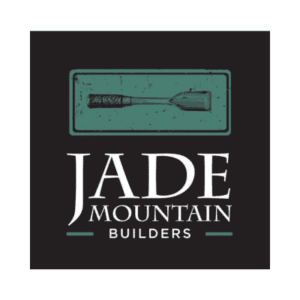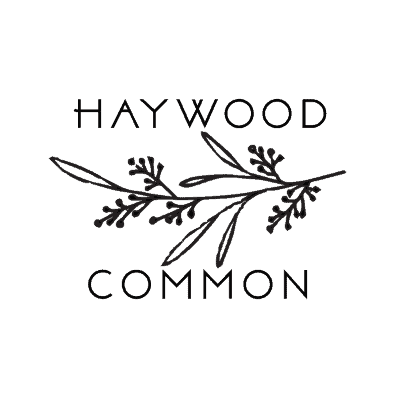Senior Deputy Ben Fields is seen pulling a student from her chair at Spring Valley High School in Columbia, S.C., in these three images made from another student’s video recording. AP
Like anyone who saw the video of the students at Spring Valley High being slammed to the floor and dragged out of her chair, I was sick, angry, and mortified. The social media comments that followed mostly focused on Officer Fields, otherwise known as Officer Slam on Facebook. But this is about so much more than whether Officer Fields’ actions were warranted. Of course, they weren’t warranted. A counselor should have been called instead of a cop.
Students learn as much or more from the “hidden curriculum” of a school than from the “overt curriculum.” The hidden curriculum is made up of everything else that goes on other than what is being literally studied in class. How are students treated? How do they treat each other? Are the teachers empowered? Essentially, what is the culture of the school? Since the rise of violence in schools in the 80’s and 90’s, many high schools started using school resource officers. New high schools were built that look like prisons with almost no windows, designed more to quell a riot than facilitate education. Some even greeted students at the door with metal detectors. The hidden curriculum in these institutions is one of oppression. What I see in the students at their desks in the Spring Valley video are students who have learned from the hidden curriculum to keep their heads down, so it doesn’t happen to them. Indeed, so many black parents talk about teaching their children this very message. It wasn’t that long ago that a young black man could be lynched for looking at a white woman. Years later, that translates into a prison sentence for looking sideways at a cop, or simply being in the wrong place at the wrong time. Niya Kennedy was the only student witnessing the violence who had the courage to do anything other than cower, and she was arrested for it. What is the lesson in that?
As one student said in the attached link, this wouldn’t have happened if the student had been white. Part of the whole point of the Black Lives Matter movement is that our society has become used to treating black people, particularly poor black people, as if their lives are not important–as if they don’t deserve the same opportunities in life as their white peers. They don’t receive the same quality of services, housing, respect, or education. (Black students in primarily black schools receive an average of $733 less on per pupil funding that students in primarily white schools.) The hidden curriculum of large public schools has enforced this message. So the issue is so much bigger than one racist or overly aggressive officer, it’s systematic.
Of course, the term “hidden” means more than “not-overt.” It means that it has been taken for granted. It is so much a part of the “atmosphere” that it can’t be seen any more than the air around us. Everyone is so used to it, that it hasn’t been questioned — at least not by enough people for those questions to be heard or addressed.
We need to advocate for schools that have positive school cultures, where the lessons learned from the hidden curriculum are the following:
- I am a valued and accepted member of my community.
- My unique personhood is seen and appreciated.
- If I am in need, I will be helped
Students carry the “hidden curriclum” they learn in school forward into society. Wouldn’t it be great to have a society with these values?
NPR: S.C. Sheriff’s Deputy Is Fired After Review Of High School Student’s Arrest








